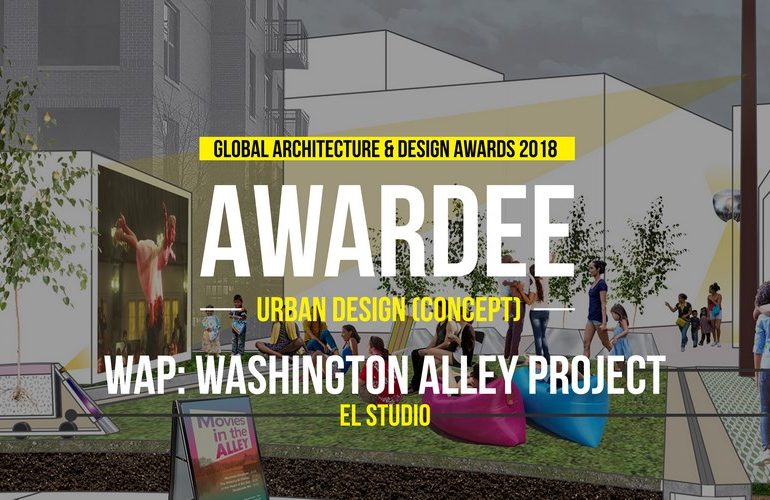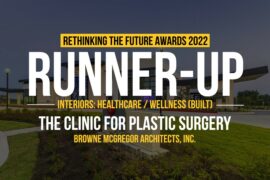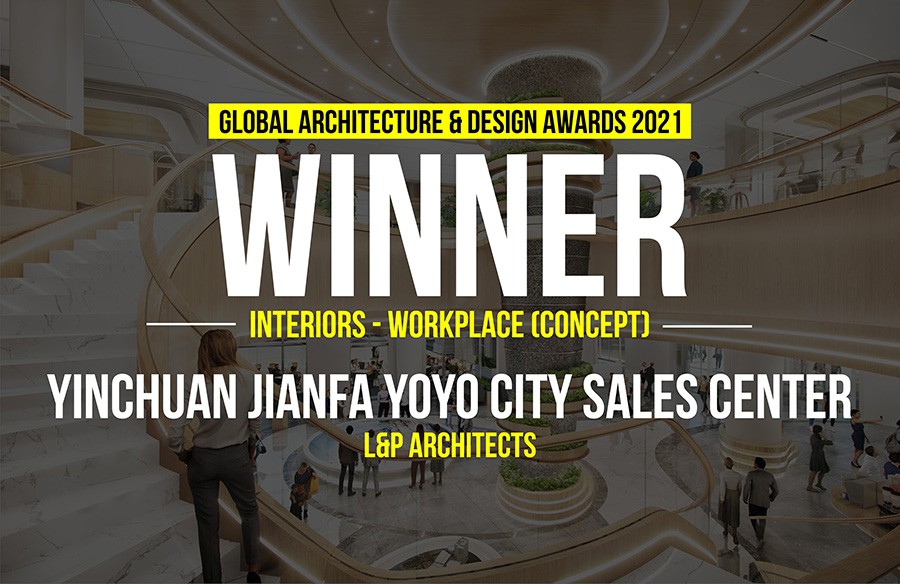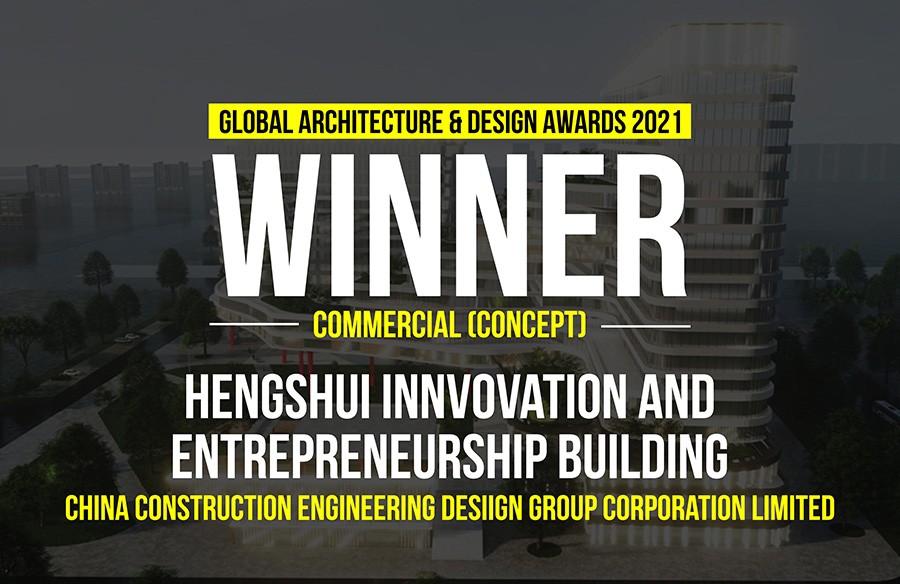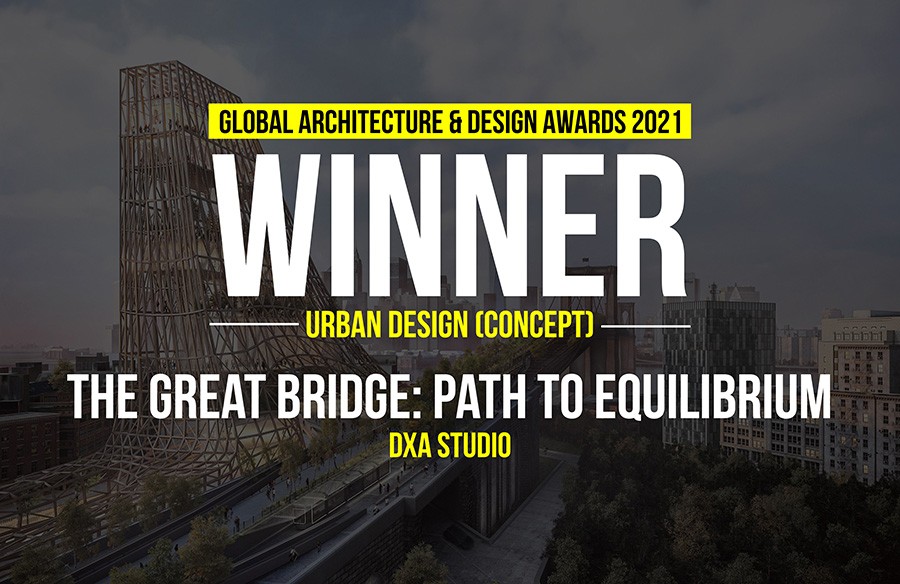The Washington Alley Project (WAP) examines DC’s informal alley network as a viable site for new modes of urban living, presenting the city with an opportunity to adapt to future social and technological change without sacrificing the city’s unique architectural heritage.
To date, the project has comprised of three phases:
Global Architecture & Design Awards 2018
Third Award | Category: Urban Design (Concept)
Architects: EL Studio
Team Members: Mark Lawrence, Elizabeth Emerson, Meredith Miller, Juli Petrillo
Country: United States

Washington’s Alley network hosts an urbanism unanticipated by L’Enfant’s modulated grid, scaled to accommodate the monumental, it has historically necessitated a subdivision in order to be fully utilized. This phenomenon was largely ad-hoc for the city’s first few decades. Alley dwellings, developed by small-scale developers, provided the first introductory housing and flourished until the post-Civil War population surge and absentee-landlordism caused them slip into disrepair. But there were vibrant communities living there as well, taking refuge in the substandard, yet affordable, housing which was all too rare in the late 19th century city. The Reform movement of the early 20th century pushed to create humane environments for this vulnerable population and lobbied successfully for the abolition of alley dwelling. A long period of neglect followed. Alleys have not since been optimized for 21st Century usage.

Survey: Following the preliminary research phase, a detailed survey was generated to solicit DC residents’ understanding of how they currently inhabit and imagine the DC alleys. The survey addressed 6 topics: Environment, Occupancy/Program, Identity, Massing/ Height, Traffic/Flow, Zoning/Use.
Responses came from every ward of the city. Utilizing this data, site-specific proposals were created to address common concerns, interests, and trends uncovered in the survey response including safety, trash collection, water management, green infrastructure and play.

Alley Hop! Using wayfinding graphics, a walkable path was delineated between EL Studio and three alley sites selected for their unique conditions. Alley Hoppers viewed maps and ‘low tech virtual reality devices’ which overlaid specific panoptic moments in the alleys with drawings and collages demonstrating potential interventions. This immersive activity encouraged visitors to reconsider the alleys and experience their potential. After completing the loop, participants returned to the studio for refreshments and feedback. The comments provided have helped create new insights which will be part of the genesis for the next project phase: building a pilot physical intervention.

Through engaging with the community and making the leap into physical space, we are creating a platform for discussion and community feedback to collectively consider the future of DC’s unique spaces. The conversations shared at the Alley Hop! over food, drink, and shared interest will become the springboard for future interventions and will synthesize the needs and desires of the both the city’s administration, its future infrastructure, and its existing and future inhabitants.
If you’ve missed participating in this award, don’t worry. RTF’s next series of Awards for Excellence in Architecture & Design – is open for Registration.
Click Here

